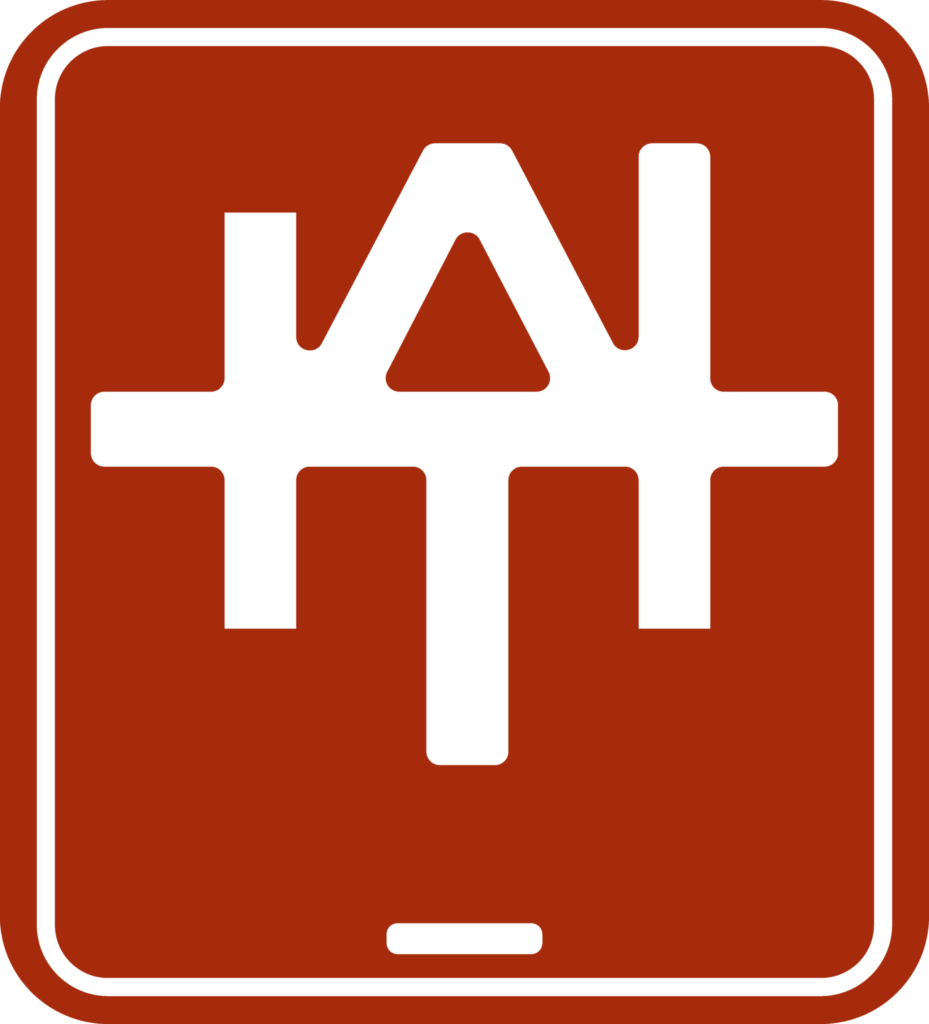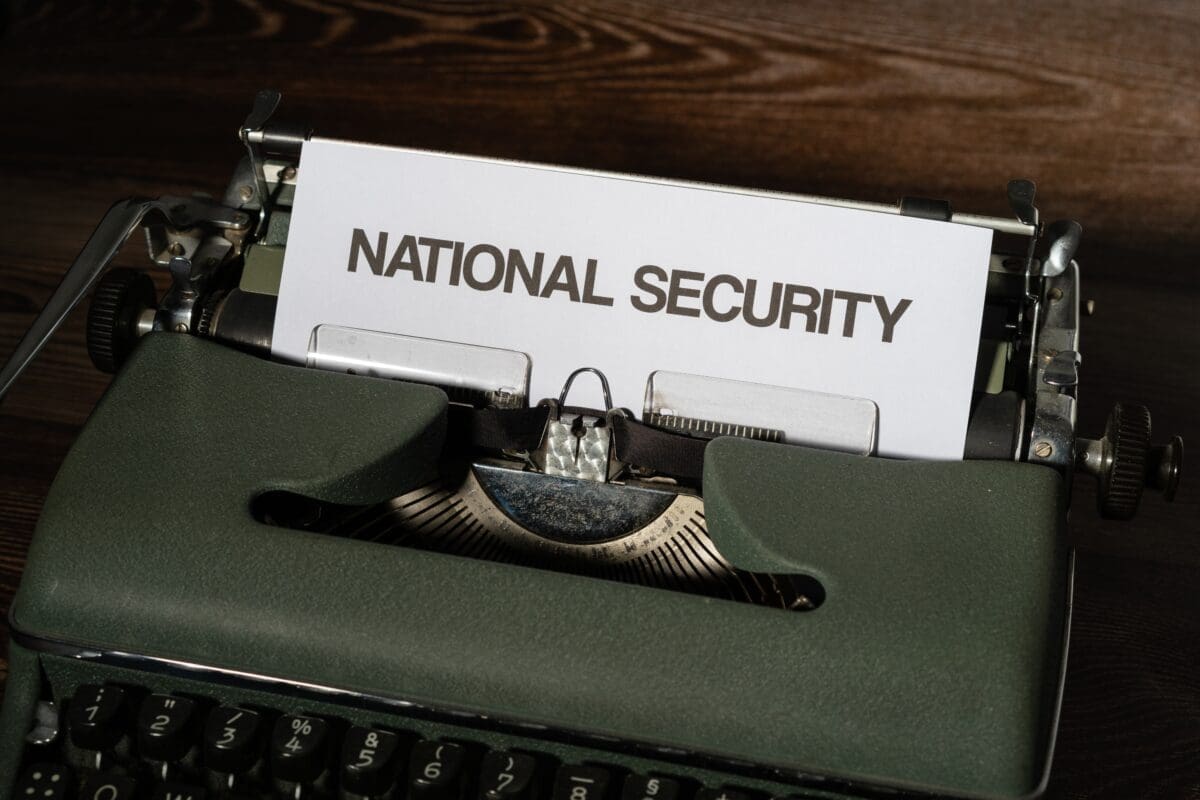The world of intelligence agencies, particularly the Central Intelligence Agency (CIA), is mysterious and intriguing. Over the years, numerous conspiracy theories have emerged, suggesting that the CIA may have been involved in assassination attempts on foreign leaders to further American interests.
In this article, we will delve into five notable incidents that have fueled speculation about the CIA’s involvement, including recent assassinations of American politicians.
1. Fidel Castro’s Operation Mongoose

The charismatic Cuban leader, Fidel Castro, survived numerous assassination attempts during his reign. As the head of Cuba’s government, Castro gained both admiration and opposition, drawing attention from various global players, including the US.
During the 1960s, the CIA initiated a covert mission known as “Operation Mongoose,” which aimed to destabilize and ultimately overthrow Castro’s regime. While the CIA’s involvement in Operation Mongoose is well documented, concrete evidence linking to the agency’s assassination attempt remains inconclusive.
“Bay of Pigs: The Untold Story” by Peter Wyden mentions that the Central Intelligence Agency (CIA) was heavily involved in the planning and execution of the Bay of Pigs invasion. The agency supplied training, equipment, and coordination to the Cuban exiles.
2. Lumumba’s Tragic Demise
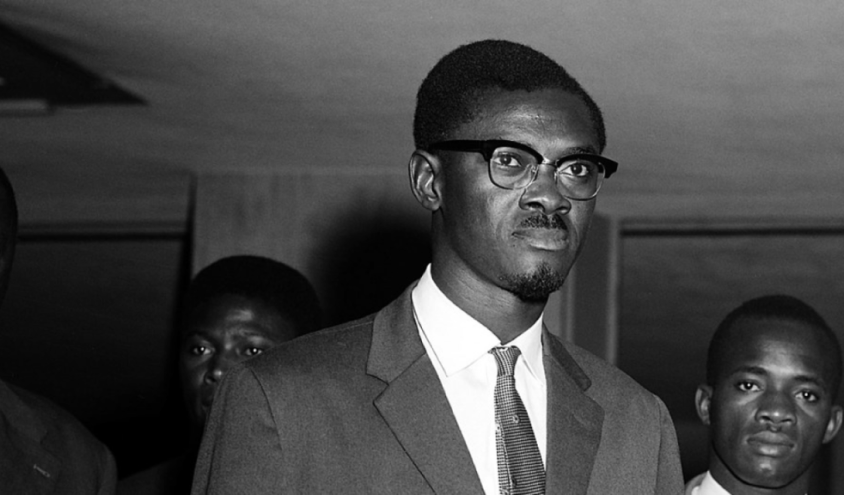
“We want no part in the cold war between East and West; we are our own masters.”
– Patrice Lumumba
In the 1960s, Patrice Lumumba, the first democratically elected Prime Minister of the Democratic Republic of the Congo, faced a tragic end. His pursuit of an independent and non-aligned Congo, along with perceived alignment with Soviet interests, raised suspicions and opposition. In collaboration with Belgian and Congolese interests, the CIA actively destabilized Lumumba’s government through covert operations and support to his political opponents.
Fearing Lumumba’s potential alignment with the Soviet Union, the CIA sought to prevent his vision of sovereignty. He was eventually captured, mistreated, and executed by forces loyal to Colonel Joseph Mobutu, who had staged a coup with Western backing earlier.
3. Kennedy’s Assassination
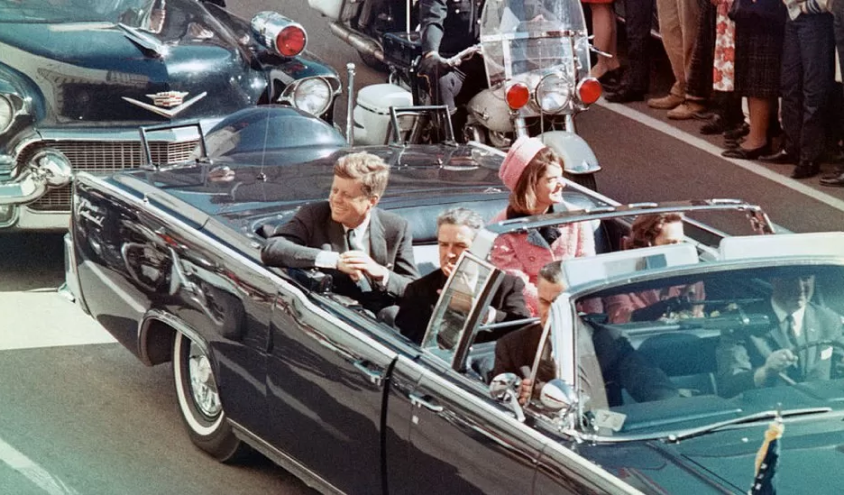
The assassination of President John F. Kennedy continues to be one of the most perplexing and debated events in American history. On November 22, 1963, the nation was shaken when Kennedy was fatally shot while riding in a motorcade through Dealey Plaza, Texas.
The official investigation into Kennedy’s assassination, led by the Warren Commission and later by the House Select Committee on Assassinations (HSCA), sought to unravel the truth behind this tragedy. Both commissions concluded that Lee Harvey Oswald acted alone in shooting President Kennedy from the Texas School Book Depository.
However, the HSCA’s 1979 report expressed some concerns about the Warren Commission’s investigation’s thoroughness. It raised the likelihood that Lee Harvey Oswald assisted or collaborated with other agencies in the planning or execution of the assassination.
4. Hunt for Osama bin Laden

On May 2, 2011, Osama bin Laden, the leader of al-Qaeda, was killed in a raid by US Navy SEALs in Pakistan. Al-Qaeda’s stated goal was to overthrow the United States and other Western countries’ governments and establish a global Islamic caliphate.
The group had carried out several terrorist attacks, including the September 11 attacks, the 2004 Madrid train bombings, and the 2005 London bombings.
The book “No Easy Day” by Mark Owen, published in 2012, states that the CIA provided the SEALs with intelligence about bin Laden’s location and that they also helped to coordinate the raid.
However, the intelligence agency has never officially confirmed or denied their direct role in the raid.
5. Muammar Gaddafi’s Assassination
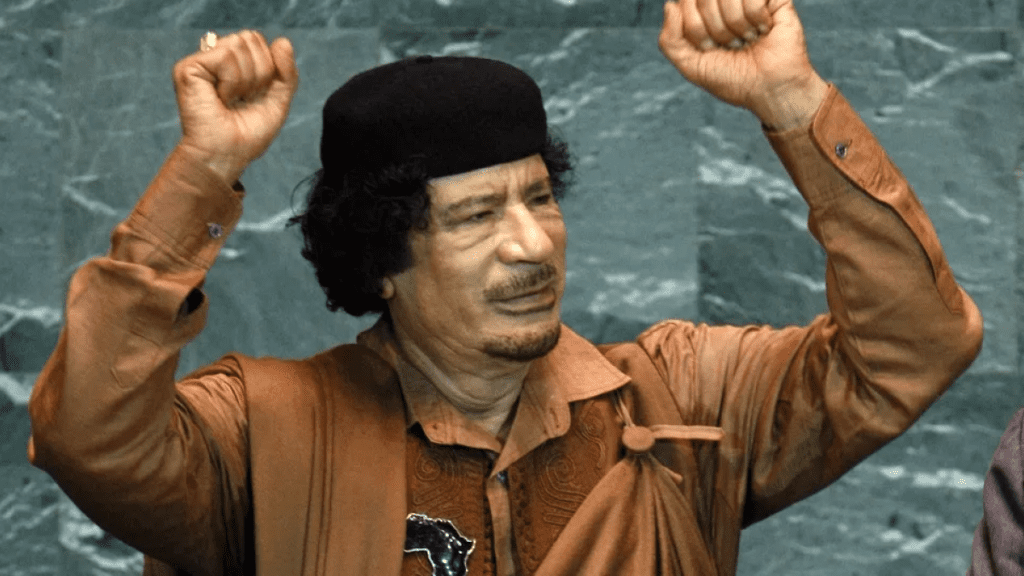
Muammar Gaddafi was the leader of Libya from 1969 until 2011. He was overthrown in a coup d’état during the Libyan Civil War. Gaddafi was captured by Libyan rebels and then killed on October 20, 2011.
Gaddafi was a threat to US interests in Libya. There is evidence that the CIA may have played a part in the death of Muammar Gaddafi, although they have never publicly admitted to killing him. It is speculated that the CIA provided training and logistical support to Libyan rebels.
Conclusion
The CIA’s alleged involvement in assassination attempts on foreign leaders is a topic that continues to fascinate and puzzle people. While historical incidents and circumstantial evidence support these theories, concrete proof is hard to come by because intelligence agencies operate in secrecy.
